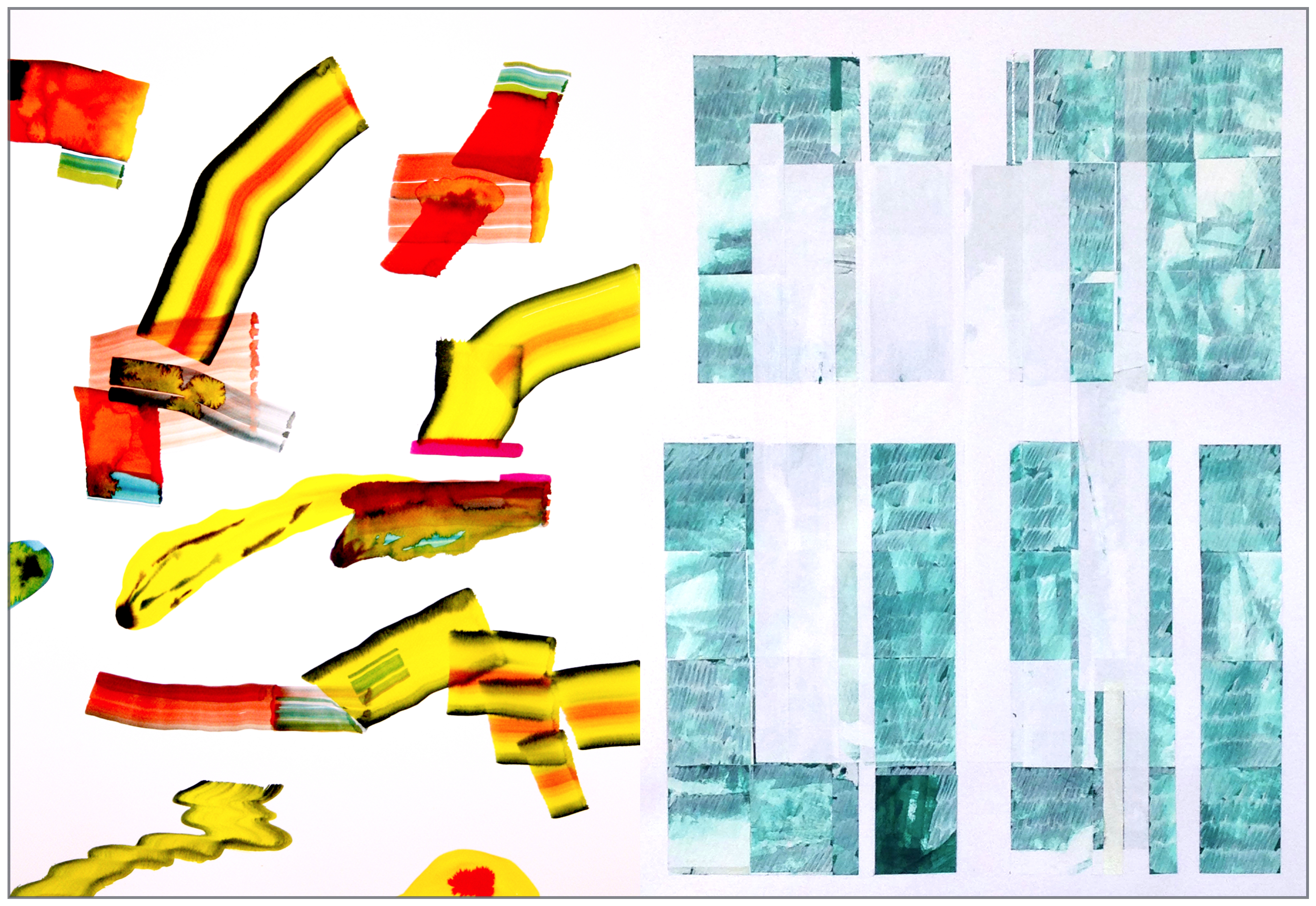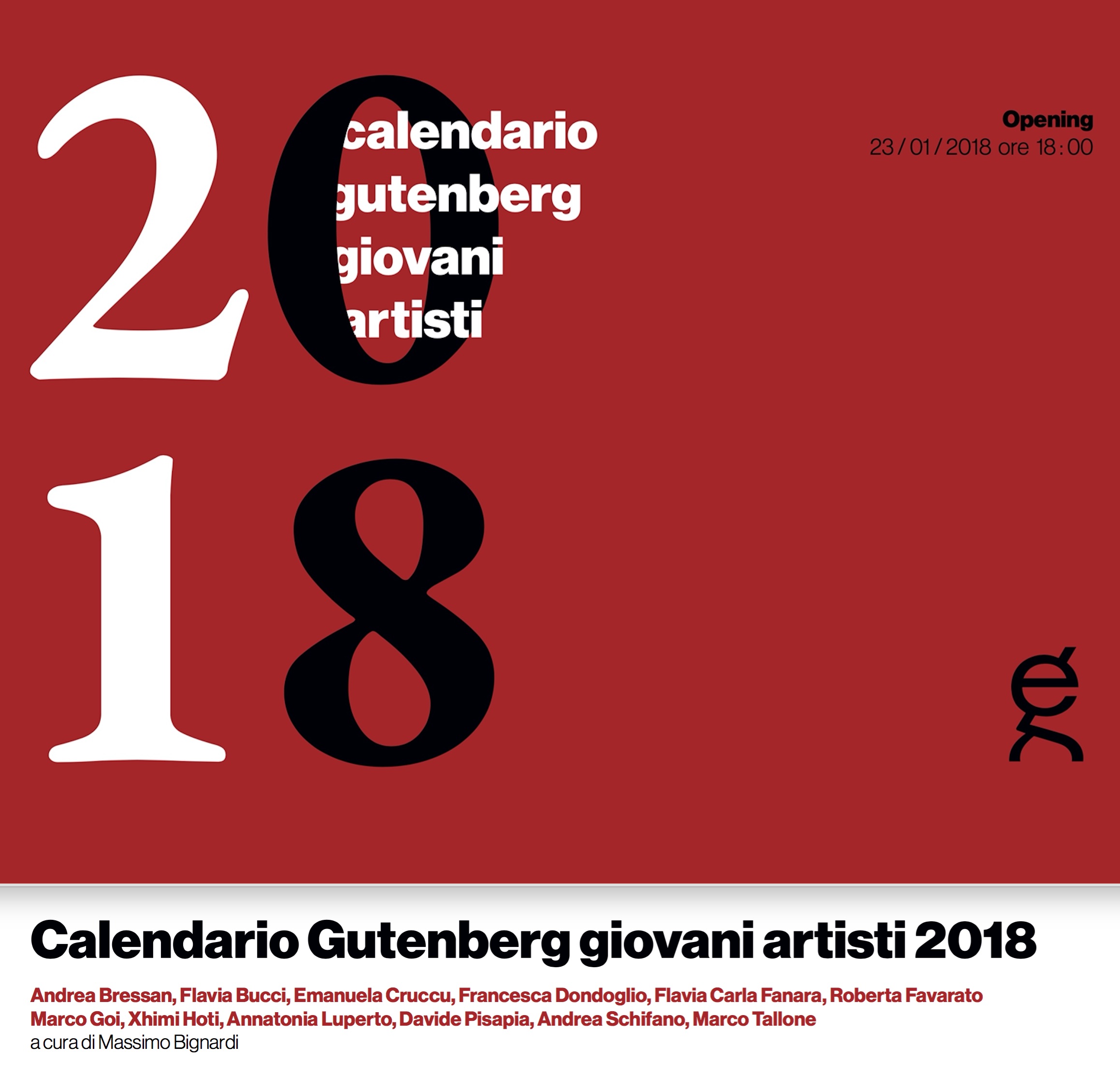Starting from February 24, 2018, on the occasion of the anniversary of the 40th year after the death of Luigi Di Sarro, the Centro di Documentazione della Ricerca Artistica Contemporanea Luigi Di Sarro presents a series of events in Italy and abroad, in order to make the multifaceted artistic production of Di Sarro, still considered highly topical today, known internationally.
The tribute to Luigi Di Sarro, an italian artist active in the Sixties and Seventies – a period that is now being brought to the attention of the critics for the innovative pushes brought into contemporary art – wants to highlight his strong experimental vocation. In the 2008 text (Edizioni Peccolo), Flaminio Gualdoni writes: “By learning, by working actively in several fields simultaneously, Di Sarro imagines being able to force clichés and conventional protocols, and to open up to art – that art is, however, his predominant, and in some ways absorbing passion – perspectives that, in times like these, seemed not only possible but necessary. Not worried about giving himself a recognizable expressive figure, well convinced that it is no longer a question of style or fashion, he immediately interprets his role as that of the pure experimenter, in debt only with the intensity of the work and the his intellectual sharpness, at the cost of expiating, in addition to the suspicion that the avant-garde professionalism reserved to an author as he atypical for training, also the no less tenacious suspicion reserved by the artistic system to spirits that are brilliant but not prone to the rules and regulations of the new , no less inflexible, we now know, of the old academics.
`Di Sarro shows that he does not care too much, embodying in the Roman scene of the sixties and seventies the role of the experimenter whose work in progress is assumed not rhetoric, but practice of life”.
The project – ideally launched by Di Sarro himself, who in a pen drawing had indicated the destinations on the terrestrial globe “Rome, New York, Tokyo and … who knows where” (at the extreme south of the world, perhaps, where it was never gone) – was enthusiastically received by the Director of the IIC of Pretoria, Anna Amendolagine, and therefore will begin its process, on 1st March 2018, just from Pretoria in South Africa, at the Museum of the University of Pretoria, which will host an exhibition of sculptures and giants drawings.
Other stages have already been defined: an exhibition of Di Sarro’s pictorial work in Stuttgart in Germany, with the collaboration of the Istituto Italiano di Cultura and the City of Stuttgart (in May 2018) and with the IIC of Colonia (autumn 2018); an exhibition of experimental photography of the ’70es will be at the IIC in Warsaw and Krakow in Poland in May-June 2018, and at the IIC of Rabat in Morocco, early 2019. More destinations are under construction.



